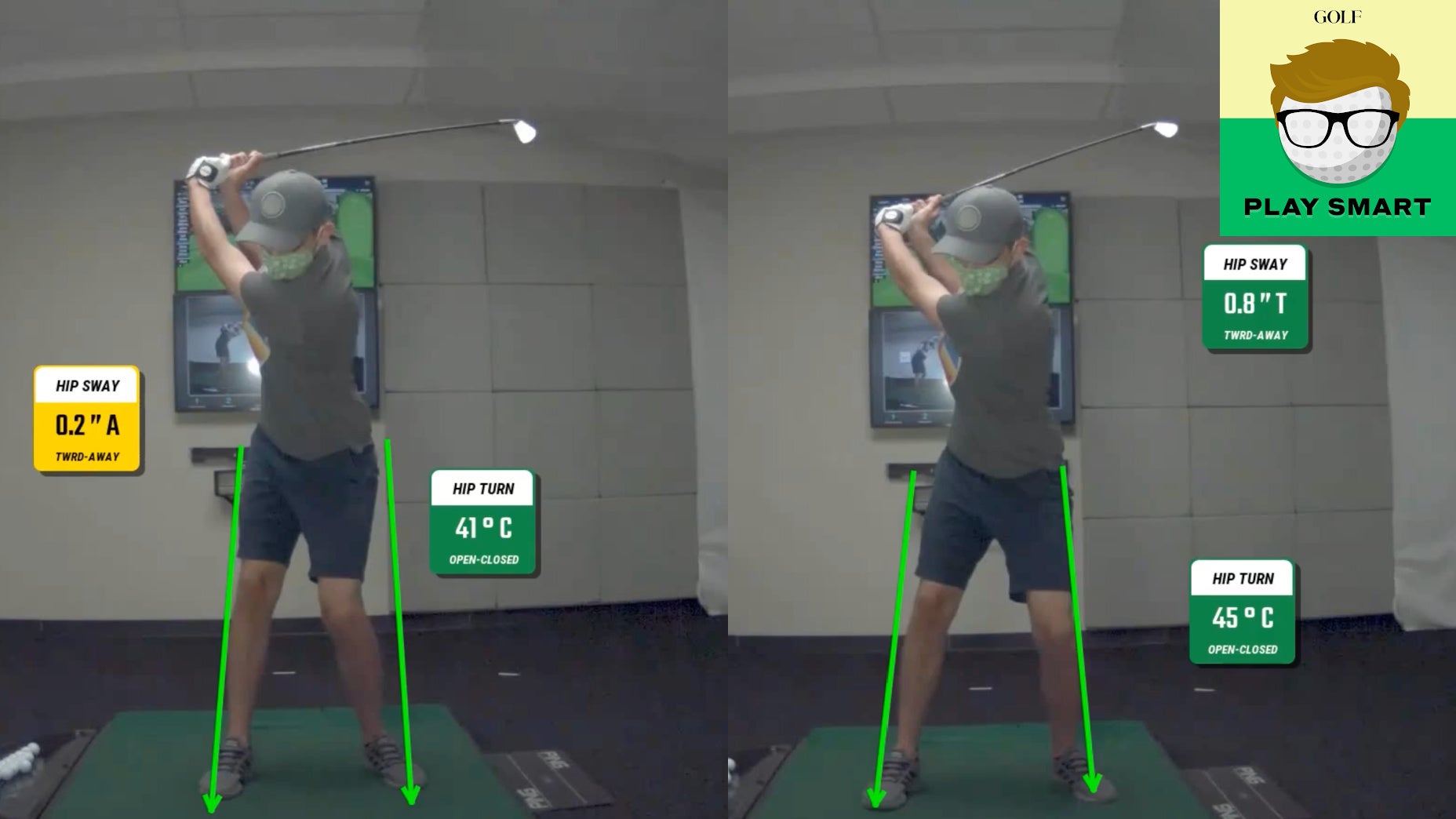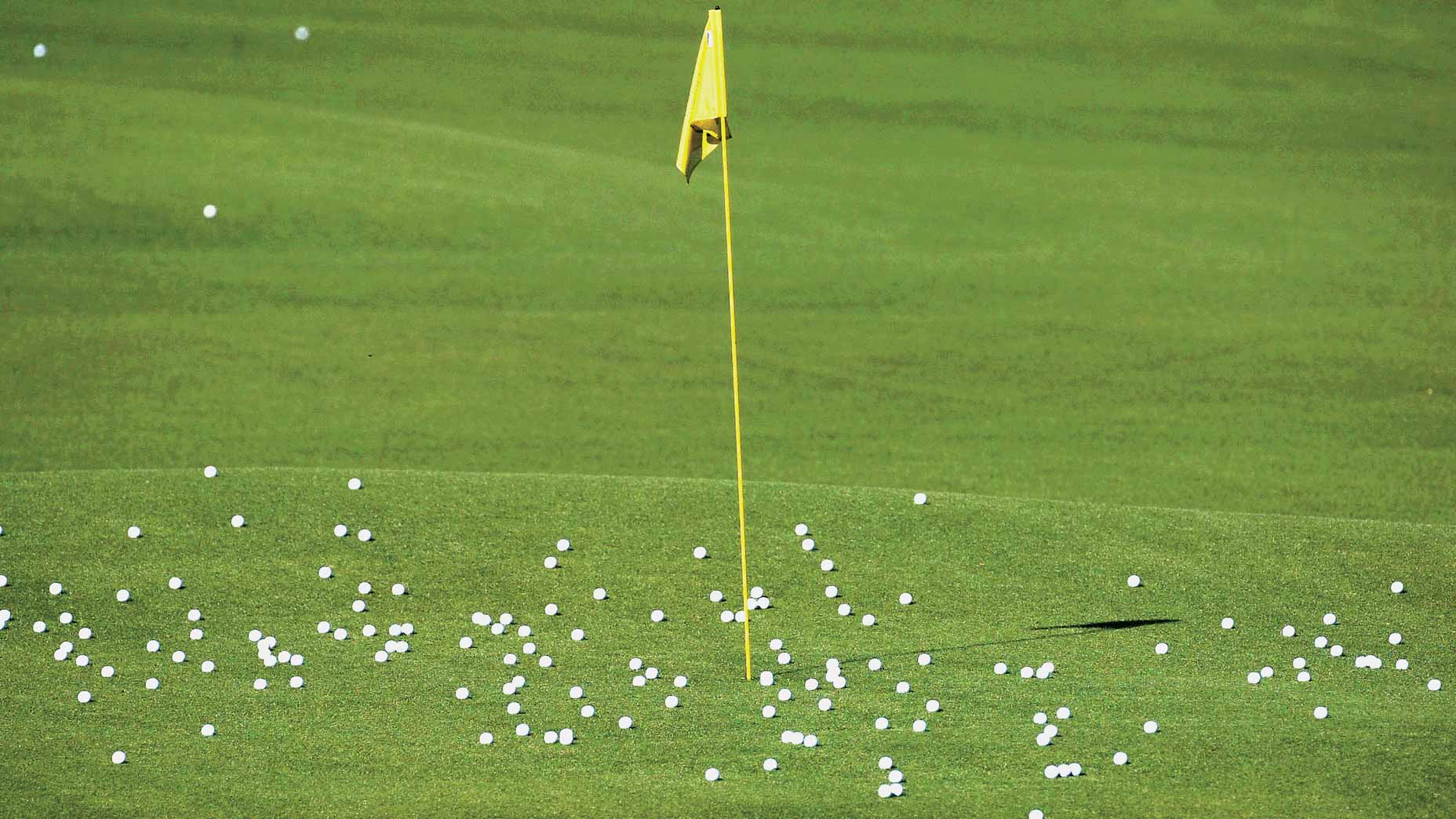You may have heard the phrase before: Gapping. What is it, and more crucially, why should you care?
Gapping, in a nutshell, is the distance between each of your clubs. Let’s say a golfer hits their 7-iron 150 yards, for instance, their 8-iron 140 yards, and their 6-iron 160 yards. That golfer’s gapping is about 10 yards, meaning there’s a 10-yard gap in between each of their clubs.
Whether you’re a Tour player or a higher-handicapper, everybody has their own unique gapping, though 10 yards is pretty much standard. It helps you progressively get longer through the bag, without having to work too hard to plug the gaps.
But as GOLFTEC’s Brad Skupaka, explains, there are two instances when poor gapping can begin hurting your game:
- If the gap between each of your clubs becomes too big.
- If the gaps between your clubs are inconsistent.
The easiest (and best) fix for this is to book a clubfitting, which will solve the issue in no time. In the meantime, Skupaka recommends a three ball test that you can use between your irons and fairway woods — the most common place where bad or big gapping becomes an issue.
“Throw three balls down. Hit your longest iron, figure out how far that goes, then hit your shortest fairway wood and figure out how far that goes,” he says. “For every 20 yards in between those two you want to make sure you have at least one club.”

Find a GOLFTEC near you!
Watch the full video below.

